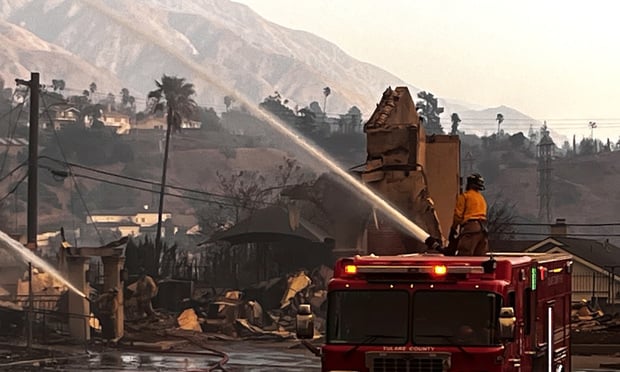Valves are fluid flow control devices used in a variety of industries. There are many different types of valves, with two major categories being multi-turn valves (typical home water faucet as an example) and quarter-turn valves (typical gas shut off on a home furnace as an example). This article deals with a butterfly valve, a quarter turn type valve, depicted in Figure 1. A butterfly valve incorporates a circular disk that when rotated perpendicular to the long axis of the pipe blocks the flow of fluid (Figure 1A). The valve handle indicates this condition when it is placed perpendicular to the long axis of the pipe. When the disk is parallel to the long axis of the pipe (Figure 1B), it offers little resistance to fluid flow. The handle is parallel to the water pipe indicating wide open and maximum flow. The butterfly valve can act as a control valve with the handle in intermediate positions.

Figure 1

Figure 2
Figure 2 is a view of a butterfly valve in an industrial chemical facility. The red arrow points to the butterfly valve body sandwiched between two flanges. The valve handle is at the right and in the apparent closed position. A large loss occurred when incompatible herbicide chemical liquids were inadvertently mixed, causing a large crop loss when the mixture was applied to farm fields. Analysis of the system lead to the newly installed butterfly valve shown in Figure 2 that appeared to be the cause of the accidental mixing of chemicals.

Figure 3
Figure 3 shows the butterfly valve removed from the system with the valve operating handle in the closed position perpendicular to the direction of the flow (blue arrow). In this position, the butterfly should be fully closed, but in fact, it is partially open as shown in Figure 3 (red arrow). There was no evidence to suggest that the butterfly was forced into this position by some other influence such as shipping or installation. The bolt used to secure the valve stem to the handle (yellow arrow) was found to be improperly located on the valve stem shaft. This resulted in the butterfly valve being partially open when the valve handle was in the closed position, as shown in Figure 3. This allowed the inadvertent mixing of incompatible chemicals, which caused the crop loss. The improper assembly of this valve handle suggests a manufacturing defect and potential subrogation.
Charles C. Roberts, Jr., is president of C. Roberts Consulting Engineers, Inc., which provides professional engineering services in accident reconstruction, failure analysis, fire causation, explosion analysis, and biomechanics. He may be reached at 877-556-3039; [email protected];www.croberts.com.
Want to continue reading?
Become a Free PropertyCasualty360 Digital Reader
Your access to unlimited PropertyCasualty360 content isn’t changing.
Once you are an ALM digital member, you’ll receive:
- Breaking insurance news and analysis, on-site and via our newsletters and custom alerts
- Weekly Insurance Speak podcast featuring exclusive interviews with industry leaders
- Educational webcasts, white papers, and ebooks from industry thought leaders
- Critical converage of the employee benefits and financial advisory markets on our other ALM sites, BenefitsPRO and ThinkAdvisor
Already have an account? Sign In Now
© 2025 ALM Global, LLC, All Rights Reserved. Request academic re-use from www.copyright.com. All other uses, submit a request to [email protected]. For more information visit Asset & Logo Licensing.








